When it comes to enjoying your backyard, privacy is the unsung hero of comfort and relaxation. There’s nothing quite like the feeling of escaping the eyes of neighbors and passersby — a secret garden where you can unwind, host gatherings, or simply sip your coffee without the feeling of being on display.
But crafting this private oasis can feel like trying to build a fortress without a blueprint. Luckily, your neighbors might already hold some of the best-kept secrets to backyard privacy. This article dives deep into 18 backyard privacy ideas inspired by what neighbors are actually doing.
1. Tall, Dense Hedges: Nature’s Green Wall
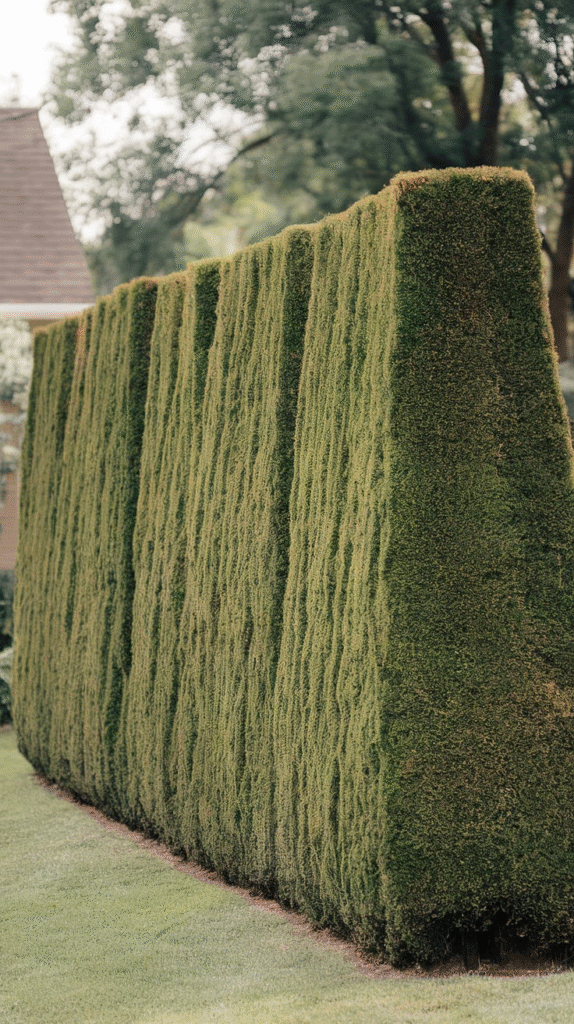
One of the most common and classic ways neighbors secure privacy is by planting tall, dense hedges. Think of them as nature’s fortress. They grow lush, blocking both sight and sound, and they bring a calming green backdrop that blends beautifully with your outdoor décor. Species like Arborvitae, Boxwood, and Privet are popular choices due to their fast growth and thick foliage.
A little secret from my own backyard: I once underestimated the power of a well-placed hedge. My neighbor’s Arborvitae suddenly grew like a green skyscraper overnight, giving us the privacy we didn’t even realize we needed.
The key is regular trimming to keep the hedge neat and the dense foliage intact. If you’re patient, this natural barrier outperforms fences in both aesthetics and durability.
2. Decorative Privacy Screens: Art Meets Function
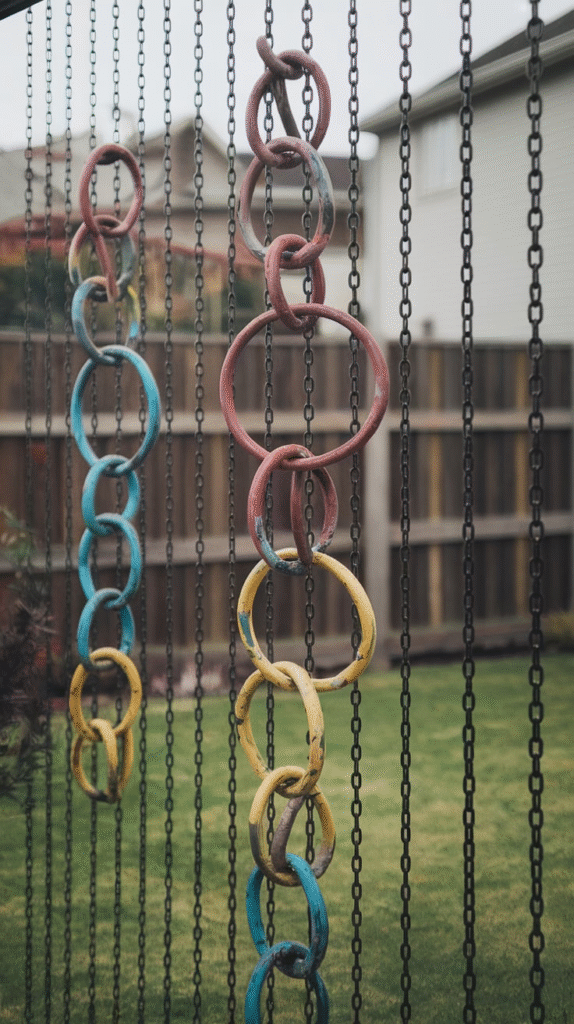
Sometimes, your backyard might lack space for tall plants or walls. That’s where decorative privacy screens step in as the clever sidekick. These are panels made from wood, metal, or composite materials that add both privacy and a splash of style.
Many neighbors use laser-cut metal screens with intricate designs that filter light and block views while doubling as art installations. Others go for wooden lattice screens where climbing vines like jasmine or clematis weave a natural tapestry. The advantage? They’re portable, customizable, and can be a quick fix for awkward spaces.
3. Layered Landscaping: Privacy in Depth
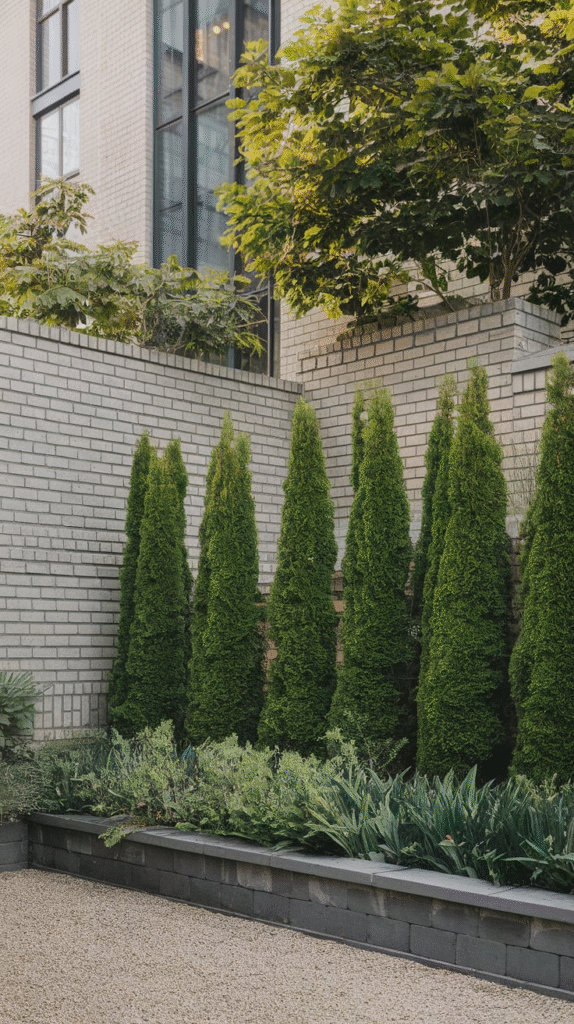
Rather than relying on a single element, many neighbors opt for layered landscaping to achieve privacy. Imagine a green wall made of multiple layers — a low hedge, a middle tier of shrubs, and tall trees behind. This multi-dimensional approach blocks views at different heights and adds texture to your garden.
One neighbor told me this trick transformed his backyard from a visible pit stop to a hidden sanctuary. It’s also great for wildlife; birds and butterflies love the diversity, and you get the benefit of a lively, thriving backyard. Remember, layering also helps with sound dampening, giving you an extra layer of quiet.
4. Vertical Gardens: Green Privacy on a Small Scale
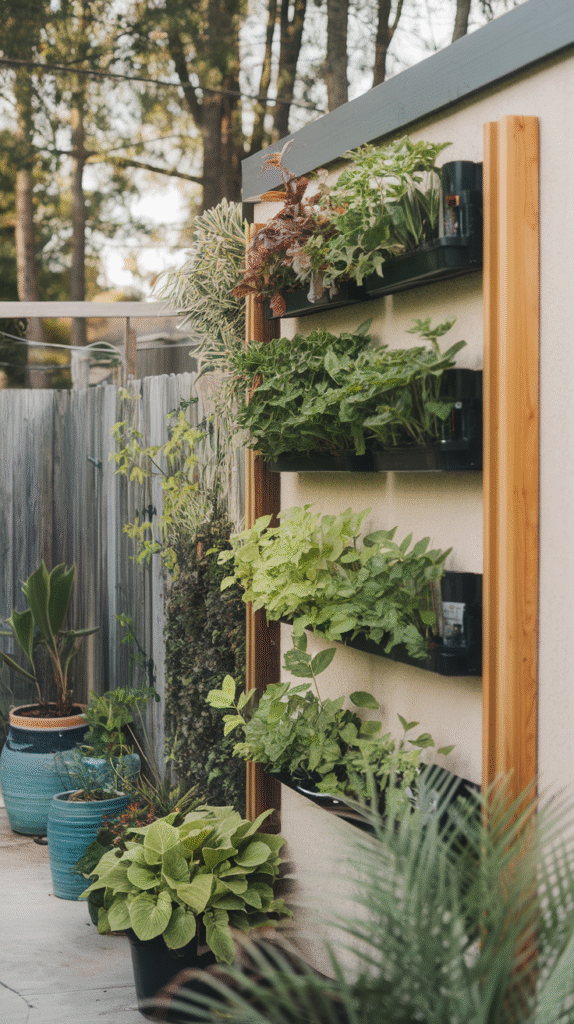
If you’re short on ground space, vertical gardens are a creative privacy hack neighbors swear by. These are plant walls or trellises covered with climbing plants or potted greenery that rise up to shield your space.
They work well on patios or balconies, turning blank walls into lush dividers. Plus, vertical gardens purify the air and keep your backyard cool.
A friend of mine installed a vertical garden on a wooden frame and suddenly her small urban backyard felt like a secluded forest nook. The key is to choose plants suited to your climate and maintenance level.
5. Pergolas and Gazebos with Drapes: Privacy in the Shade
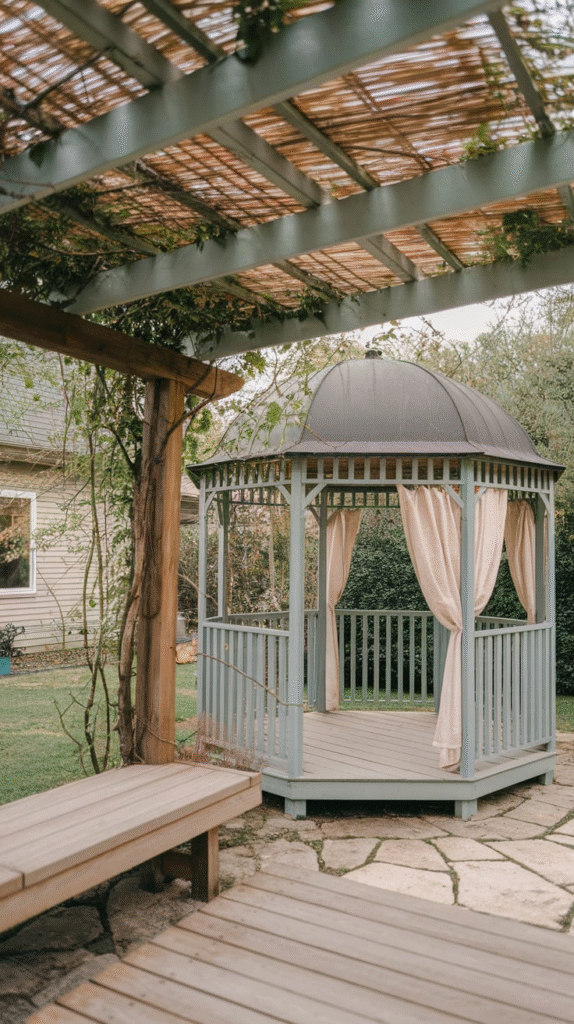
Sometimes privacy is about creating a cozy nook rather than blocking an entire yard. That’s why neighbors often invest in pergolas or gazebos equipped with curtains or drapes.
These structures act as privacy tents where you can lounge without worrying about prying eyes. The curtains can be drawn or tied back as you please, giving you flexibility throughout the day.
Plus, they add architectural interest and shade — a win-win. I remember how a pergola with soft white drapes turned my neighbor’s patio into a dreamy hideaway perfect for afternoon naps.
6. Fencing with a Twist: Beyond the Basic Wood Fence
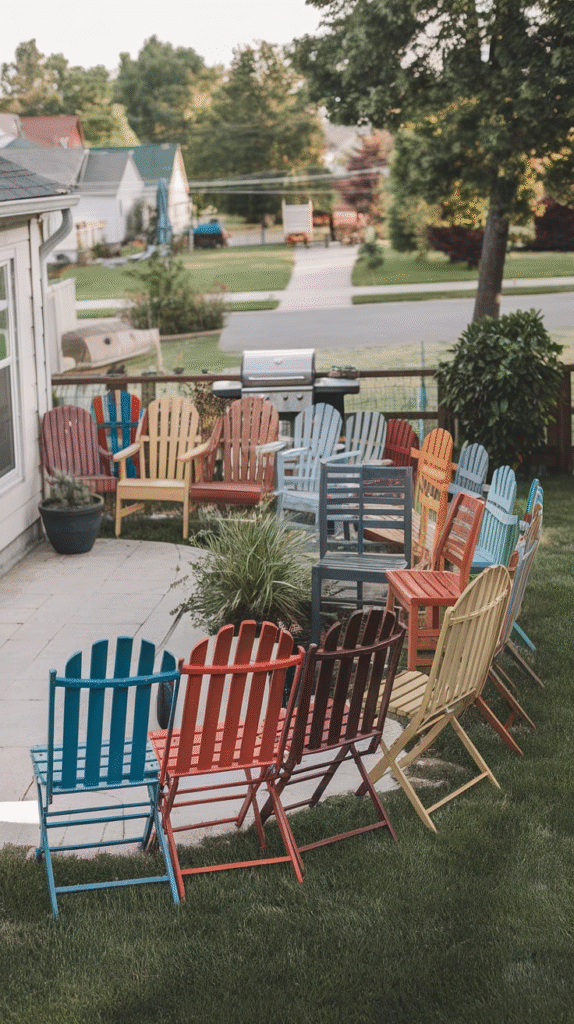
When people think of privacy fences, the image of a plain wooden fence comes to mind. But many neighbors elevate this idea by adding lattice tops, planting climbers, or painting fences in bold colors to make them less obtrusive and more beautiful.
You can combine solid wood panels with latticework on top for extra height without feeling boxed in. Or paint your fence a dark green or gray to blend with foliage, making it less visually imposing. Some neighbors even hang outdoor artwork or lights on their fences to turn them into backyard focal points.
7. Bamboo Screens: The Fast-Growing Privacy Champions

If speed is what you want, bamboo is the botanical equivalent of a racecar. Many neighbors use bamboo screens or fast-growing bamboo plants to get privacy in a fraction of the time it takes other plants.
Bamboo grows tall and dense quickly, creating a natural screen that sways gently in the wind, adding soothing movement to your yard. But a quick heads-up: bamboo can be invasive, so consider contained planters or root barriers to keep it from overtaking your garden.
8. Outdoor Curtains on a Frame: Flexible Privacy Borders
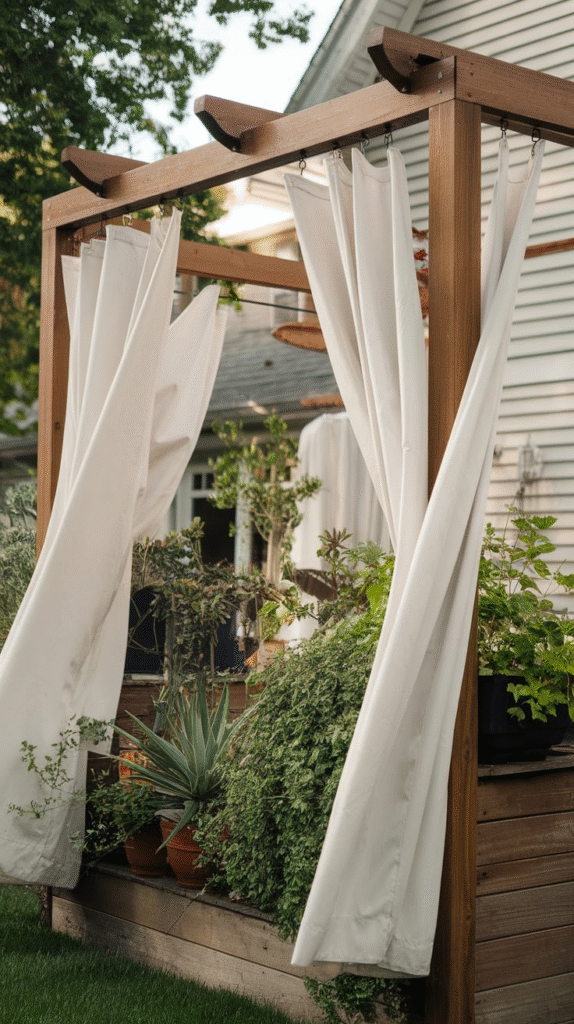
Another playful approach neighbors use is setting up outdoor curtains hung from a freestanding frame. This idea turns your backyard into a flexible stage where you control the backdrop.
You can draw curtains for privacy, tie them back for openness, and even change them seasonally for different vibes. Outdoor-grade fabrics resist fading and mildew, so they hold up well through seasons. It’s an especially smart idea for renters or those who want temporary privacy solutions.
9. Raised Planters as Dividers: Green Walls That Work Twice
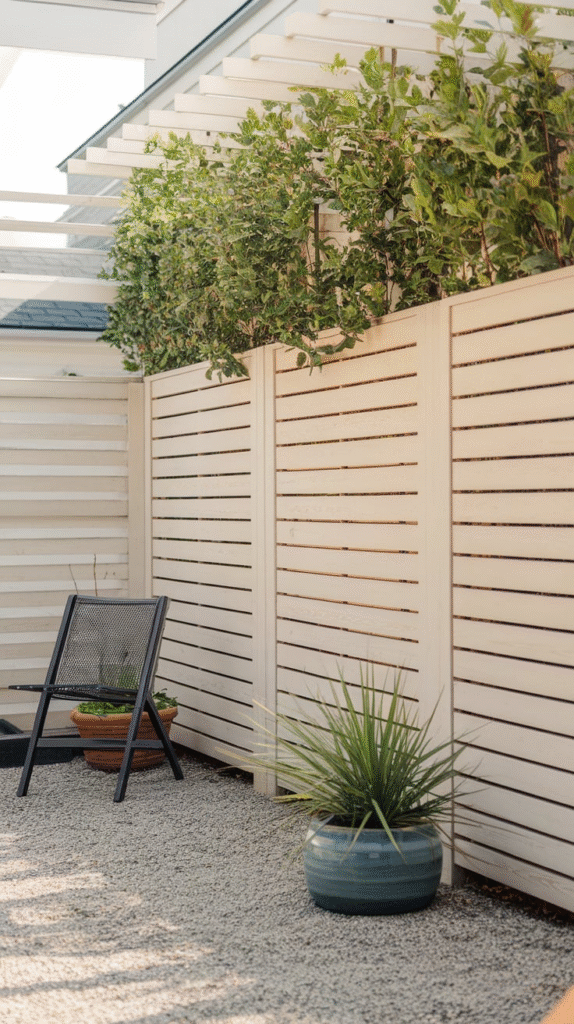
Raised planters do double duty — they bring height and greenery to your yard and act as natural dividers that block sightlines.
Some neighbors build long, rectangular planters filled with dense shrubs, ornamental grasses, or flowering plants like hydrangeas to separate their space from neighbors. These raised beds are also easier to maintain and can add a modern touch to your backyard design. Plus, it’s like having your own edible garden fence if you plant herbs or vegetables.
10. Living Fences with Tall Grasses and Bamboo
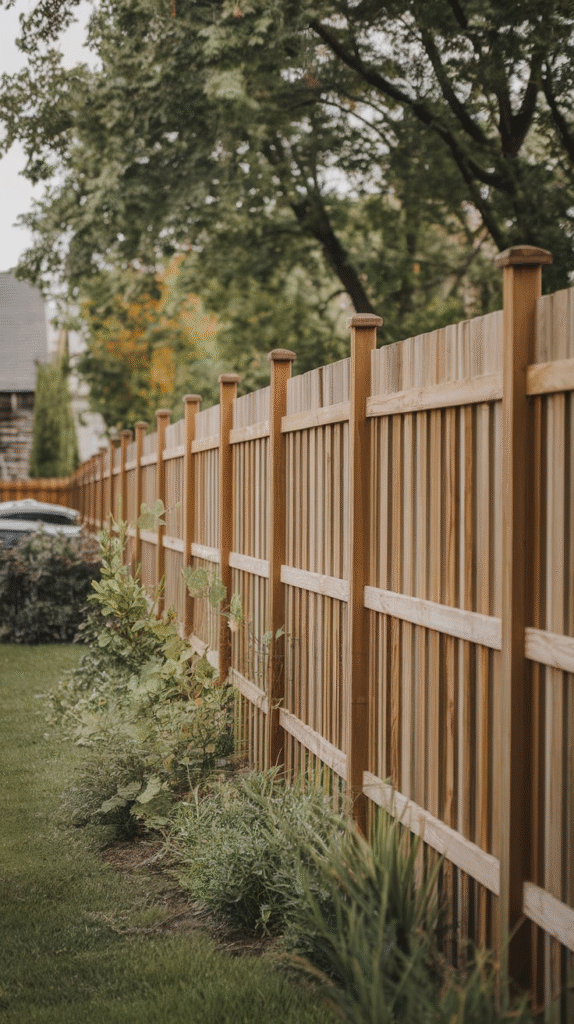
Similar to bamboo screens, some neighbors opt for tall ornamental grasses such as Pampas grass or Miscanthus as living fences. These grasses are often overlooked but can create a beautiful, whispering curtain of privacy.
Their soft movement in the breeze feels like nature’s own privacy veil, and they require minimal upkeep once established. I remember visiting a backyard where the tall grasses made the entire space feel like a secret meadow — truly magical and completely private.
11. Trellises with Climbing Plants: The Classic Cloak
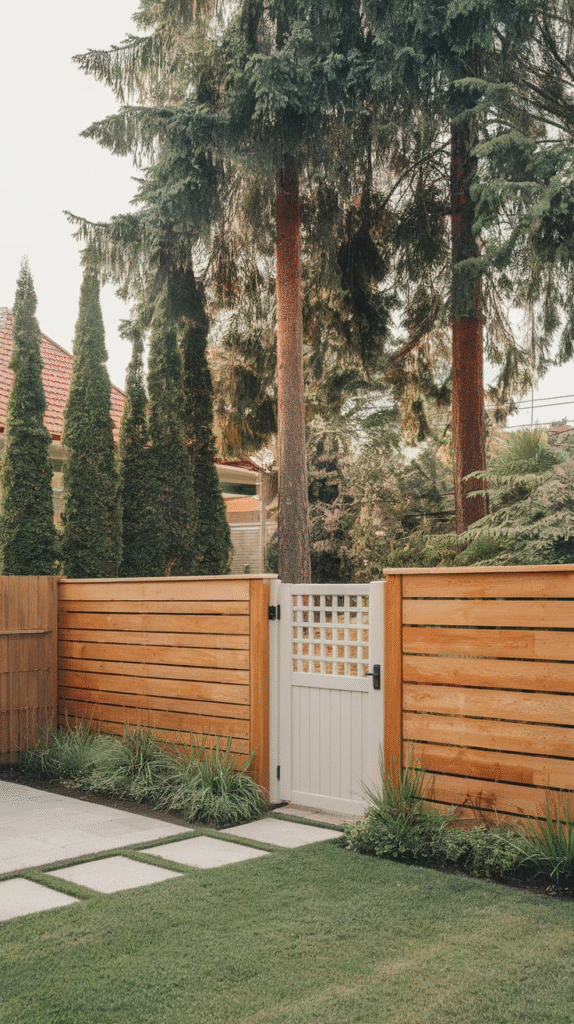
Trellises topped with climbing plants like ivy, wisteria, or honeysuckle have been neighbors’ go-to for centuries. They’re the botanical equivalent of a magic cloak — wrapping your yard in greenery that blocks sight without feeling like a wall.
The beauty lies in the ever-changing texture and color as seasons shift. Trellises are versatile — you can lean them against fences or create standalone screens. My neighbor’s garden trellis covered in fragrant jasmine became the envy of the block, a fragrant privacy fortress that also invited hummingbirds.
12. Shade Sails and Canopies: Skyward Privacy
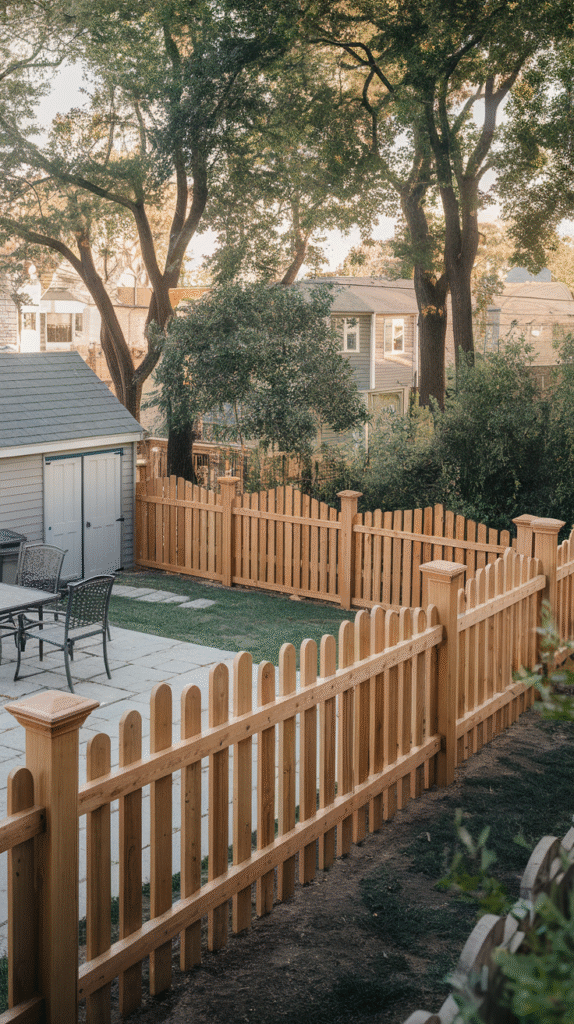
Privacy isn’t just horizontal. Many neighbors protect their outdoor spaces by installing shade sails or canopies overhead, blocking the view from second-story windows or balconies.
Shade sails come in various shapes and colors, and their angled installation adds a modern, dynamic look. These sails reduce sun exposure and prevent overhead voyeurism — a dual privacy and comfort hack. A friend of mine swears by her navy blue shade sail, which transforms her sunny yard into a cool, secluded retreat.
13. Privacy Walls with Mixed Materials
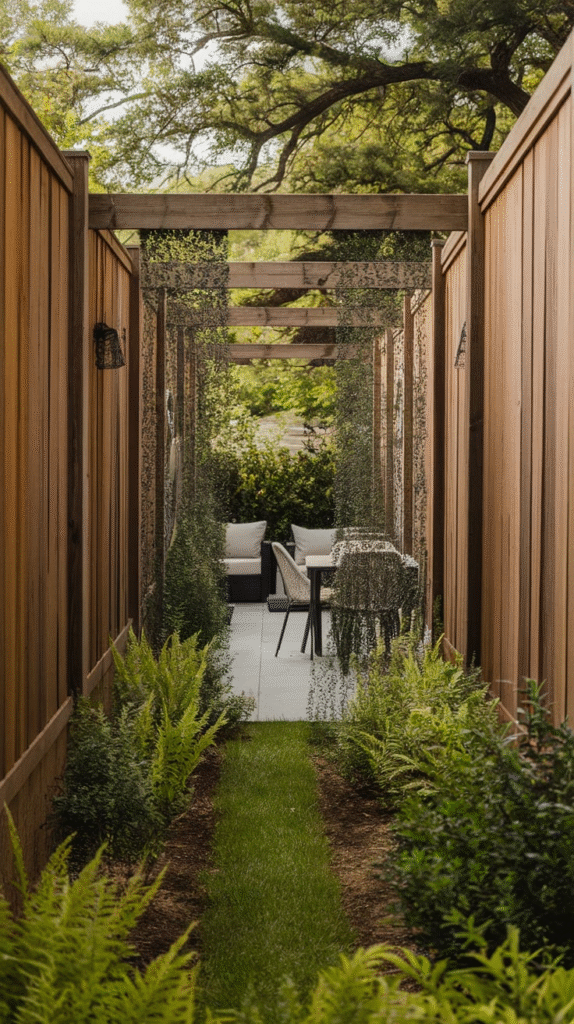
A bold trend neighbors use involves privacy walls built from mixed materials like wood, metal, and stone. These walls are designed not only to block views but also to add a striking architectural element.
Think of a low stone wall topped with a wooden fence and metal panels, combining textures and strengths. It’s a durable, permanent solution that also defines your backyard boundaries with style and statement. Such walls require some budget and planning but pay off in privacy and curb appeal.
14. Outdoor Living Rooms with Privacy Enclosures
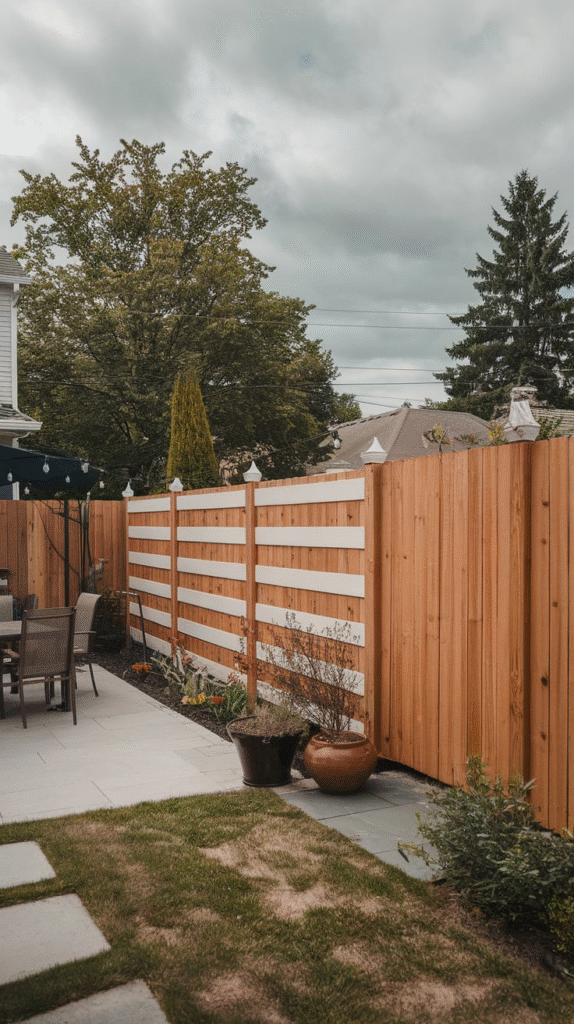
Rather than just blocking views, some neighbors create outdoor living rooms with built-in privacy enclosures using screens, curtains, and plants.
By defining a cozy “room” outdoors, they turn their backyard into an extension of indoor living. Adding furniture, rugs, and lighting completes the sanctuary. I recall a backyard where the owner built a pergola surrounded by tall planters and bamboo screens, creating a private cocoon perfect for entertaining or quiet reflection.
15. Sound Barriers for Audio Privacy

Privacy isn’t always about visual blockades. Many neighbors tackle the issue of noise by installing sound barriers alongside their privacy screens.
Elements like water features, thick hedges, or strategically placed fences absorb or mask sound, giving the yard an extra layer of seclusion. I once had a neighbor with a small waterfall feature that not only looked elegant but drowned out city noise, making her backyard feel miles away from the hustle.
16. Artistic Murals on Walls and Fences
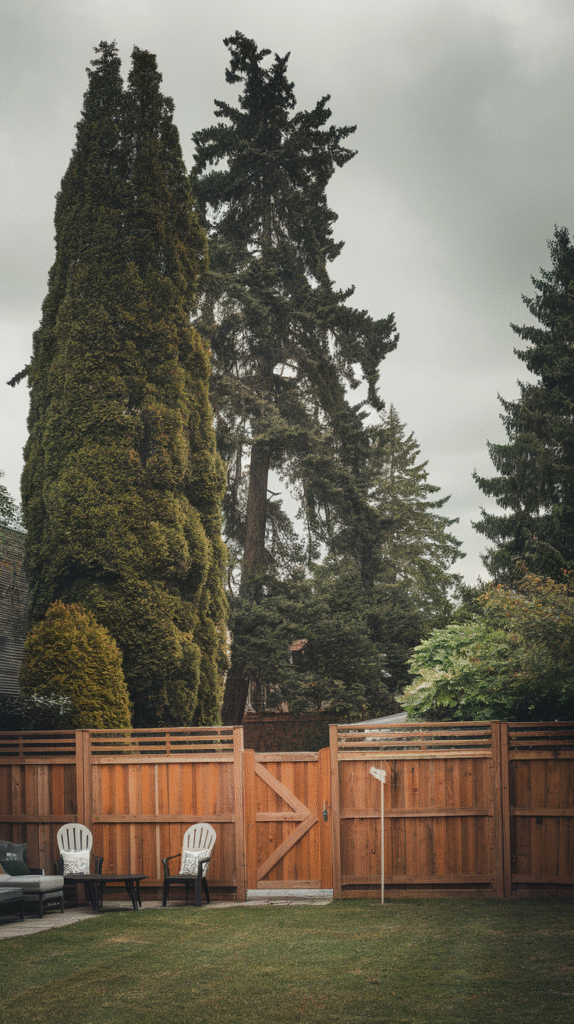
If you want to distract the eye from peeking neighbors, some people get creative by painting artistic murals on blank walls or fences.
This turns a plain boundary into a talking point and can psychologically create a sense of enclosure and privacy. Bright, bold murals invite admiration while deterring casual glances. It’s a unique approach that also supports local artists if you commission the work.
17. Portable Privacy Panels for Temporary Solutions
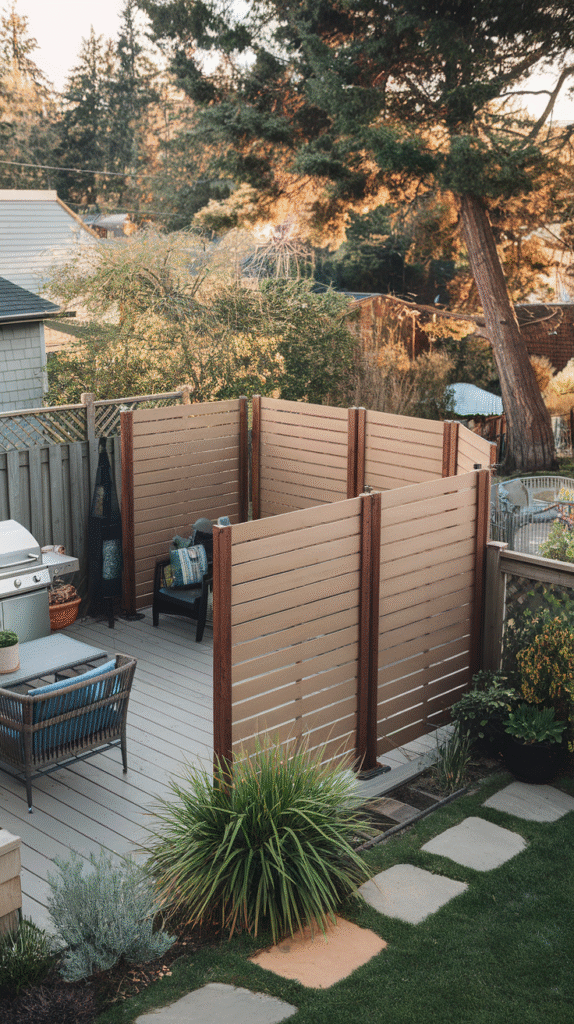
Not every privacy need is permanent. Some neighbors use portable privacy panels or folding screens that can be moved and adjusted as needed.
These are especially popular for renters or those who like to rearrange their outdoor setup often. Made from materials like wood, fabric, or metal mesh, these panels can be stacked away when not in use. A college student I know uses this to shield his tiny patio from street views only during parties, then folds it away afterward.
18. Strategic Tree Placement: The Natural Curtain
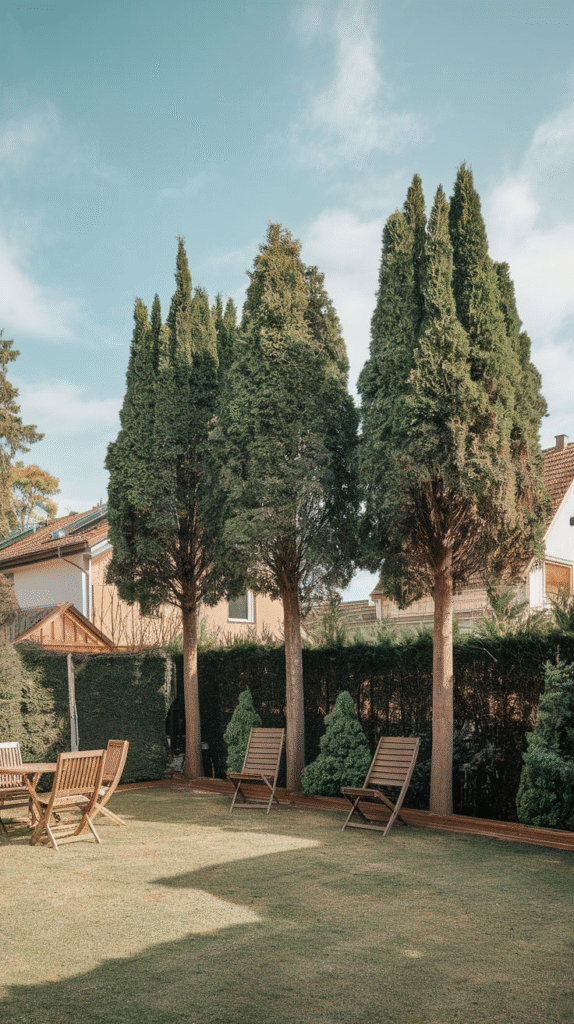
Finally, many neighbors rely on strategically planting trees that provide natural privacy. Fast-growing species like Leyland Cypress, Eastern Red Cedar, or Eucalyptus can be positioned along property lines to form a natural barrier.
The trick is to place trees where they block lines of sight from windows or common pathways. Trees bring shade, privacy, and a wildlife-friendly environment. My aunt planted a line of Red Cedars that within a few years turned her backyard into a secluded glade, a true escape from suburban sprawl.
Conclusion
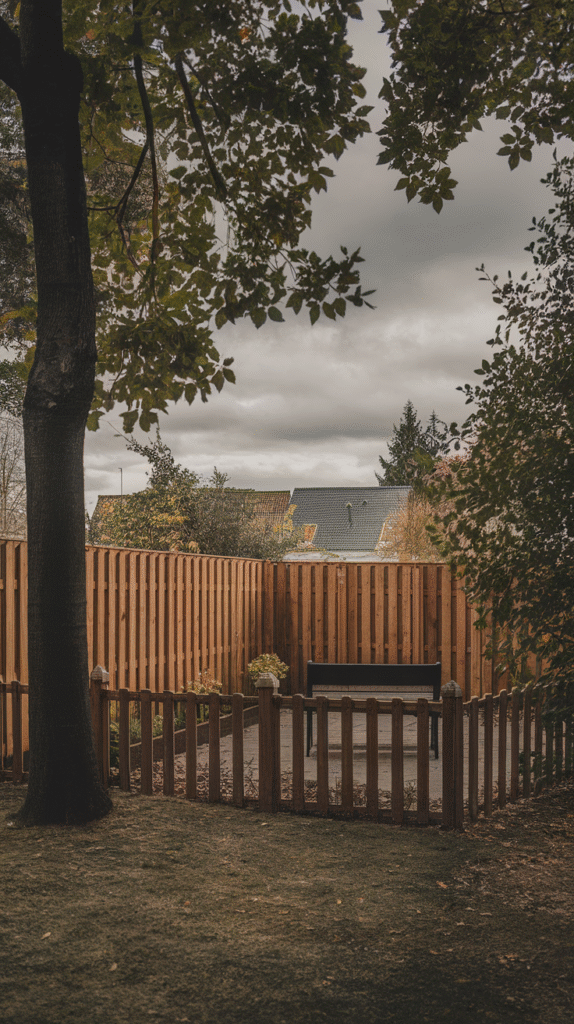
Privacy in your backyard is like a good friendship — it requires patience, care, and sometimes creative thinking. Whether you’re drawn to natural green walls, artistic screens, or flexible curtains, there’s no shortage of ideas neighbors are using right now to guard their outdoor sanctuaries.
Before you dive in, consider your climate, budget, space, and how permanent you want your privacy solution to be. Sometimes combining multiple ideas — a hedge here, a trellis there — is the perfect recipe for your unique backyard.

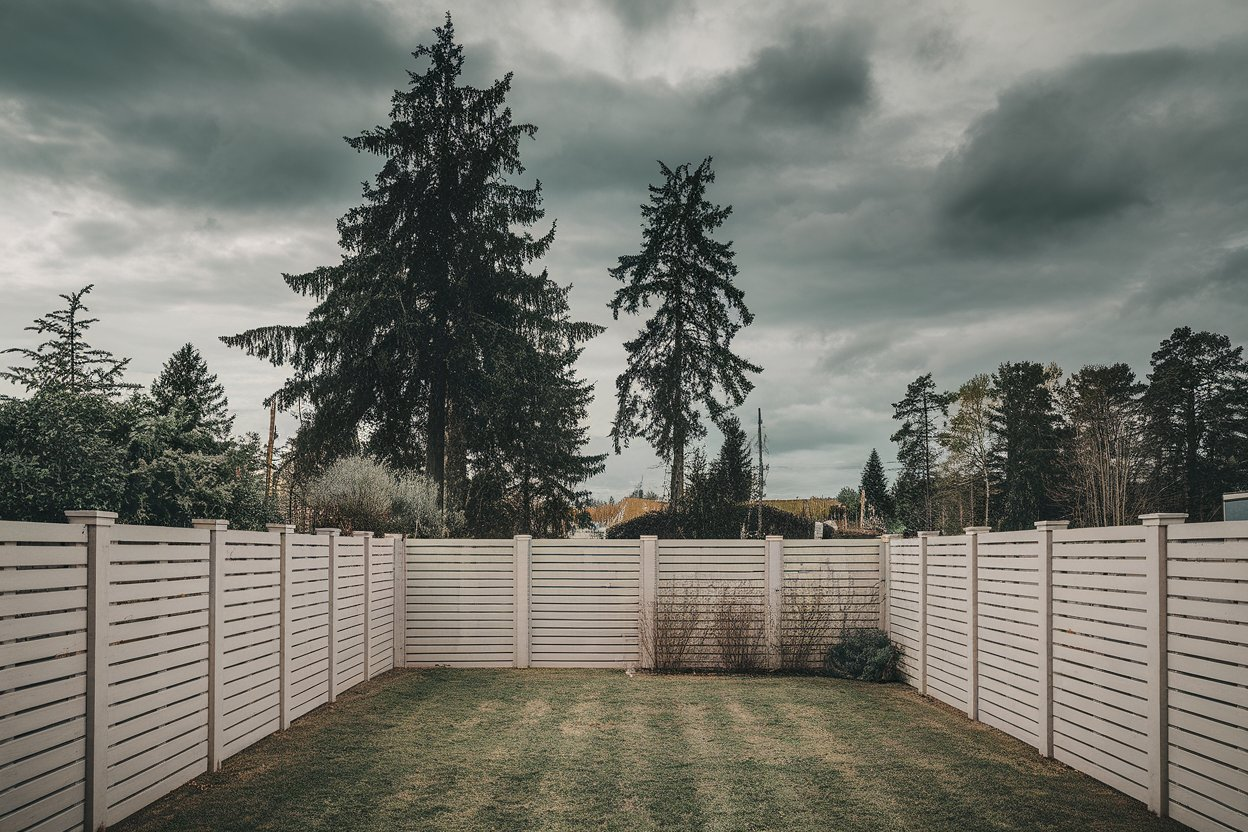
Leave a Reply